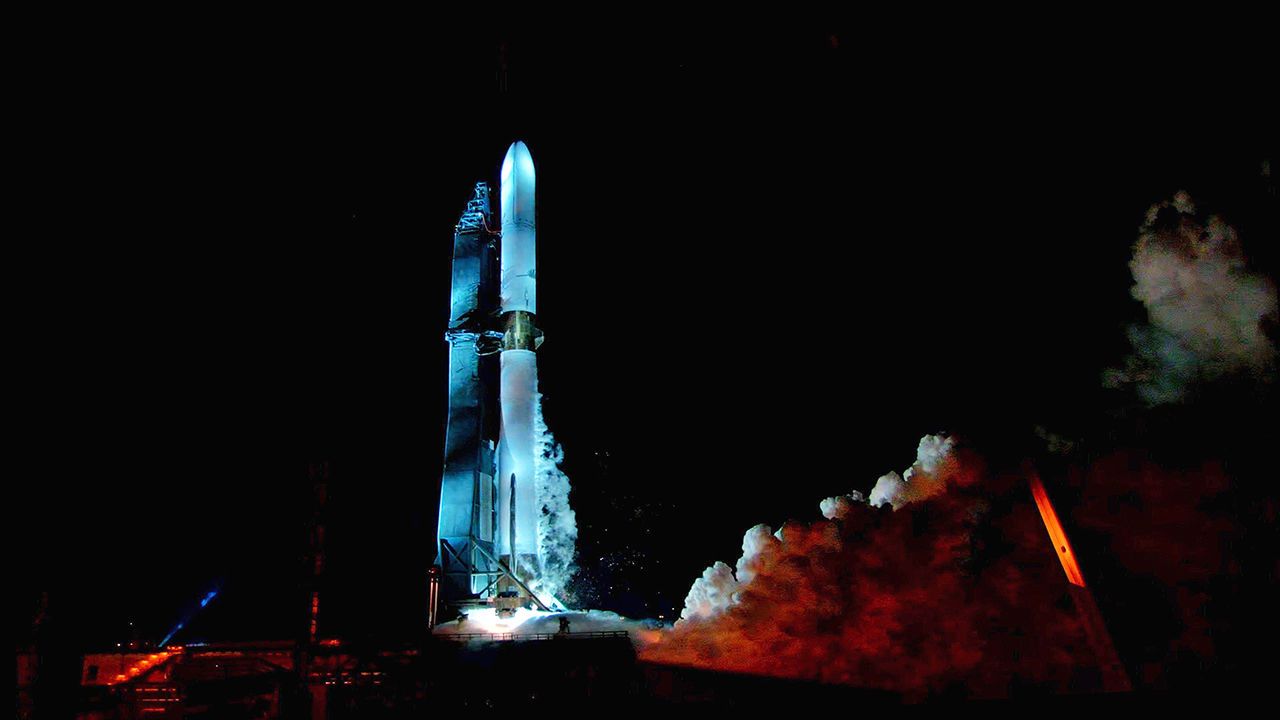Mines are the neglected workhorses of naval strategy
They are cheap to deploy and expensive to get rid of

The sexy end of modern naval forces, observes Duncan Potts, a retired vice-admiral in Britain’s Royal Navy, is stuff like guided-missile destroyers, fast jets and nuclear submarines. But it is often a far humbler device, the naval mine, that does much of the damage. During the second world war, these static underwater bombs are reckoned to have sunk 2,100 vessels. Not as many as the 4,600 accounted for by submarines, but far more than attacks by aircraft or artillery bombardment by other ships. Subsequent conflicts have seen mines cripple or send to the bottom nearly four times as many American warships as all other types of weapons combined.
This article appeared in the Science & technology section of the print edition under the headline “Lurkers below”
More from Science & technology

Cancer vaccines are showing promise at last
Trials are under way against skin, brain and lung tumours

New firefighting tech is being trialled in Sardinia’s ancient forests
It could sniff out blazes long before they spread out of control

Can Jeff Bezos match Elon Musk in space?
After 25 years, Blue Origin finally heads to orbit, and hopes to become a contender in the private space race
Why some doctors are reassessing hypnosis
There is growing evidence that it can help with pain, depression and more
Academic writing is getting harder to read—the humanities most of all
We analyse two centuries of scholarly work
Giving children the wrong (or not enough) toys may doom a society
Survival is a case of child’s play
